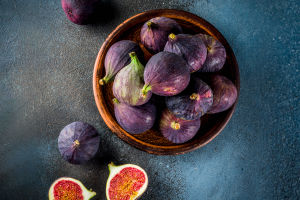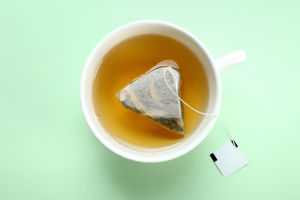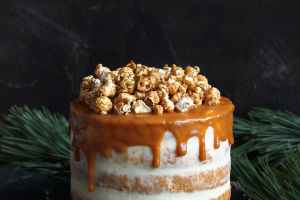Cupcake Chemistry Revealed
Cupcakes, those delightful miniature cakes with their irresistible frosting, have captured our sweet-toothed hearts and become a staple of celebrations. But behind their charming appearance and sugary allure lies a fascinating science.
Let’s explore the intricate chemistry and processes that transform simple ingredients into these delectable treats.
Ingredients: The Building Blocks
A typical cupcake begins with a basic list of ingredients: flour, sugar, eggs, butter, baking powder, milk, and a pinch of salt. Each component plays a crucial role in creating the perfect cupcake.
1.Flour: The foundation of the cupcake, flour provides structure. Most recipes use all-purpose flour, which contains a moderate amount of gluten proteins. Gluten gives the cupcake its structure by forming a network that traps air bubbles during baking.
2.Sugar: Sugar not only sweetens the cupcake but also affects texture. It helps tenderize the cake by inhibiting gluten formation. Additionally, sugar caramelizes during baking, contributing to the golden-brown color and complex flavor.
3.Eggs: Eggs are versatile ingredients that contribute to both structure and moisture. The proteins in eggs help stabilize the batter and trap air, leading to a fluffy texture. They also add richness and improve the overall consistency.
4.Butter: Butter, or sometimes oil, adds fat to the recipe, which enriches the flavor and contributes to a tender crumb. The fat coats flour particles, reducing gluten formation and resulting in a softer texture.
5.Baking Powder: This leavening agent is crucial for a light, airy cupcake. Baking powder releases carbon dioxide when moistened and heated, causing the batter to rise and creating a soft, fluffy crumb.
6.Milk: Milk adds moisture to the batter and helps dissolve the sugar and baking powder. It also reacts with the baking powder to enhance leavening and contribute to the overall texture.
7.Salt: A pinch of salt enhances flavor and helps regulate yeast activity, ensuring an even rise.
Production Steps: From Batter to Oven
1.Mixing: The process begins with creaming butter and sugar together. This step incorporates air into the mixture, leading to a lighter texture. Eggs are then added, followed by alternating dry ingredients (flour, baking powder, salt) and wet ingredients (milk) to maintain a smooth batter without overworking the gluten.
2.Filling the Cups: The batter is poured into cupcake liners placed in a muffin tin. It’s essential not to overfill the liners—about two-thirds full is ideal. This allows room for the cupcakes to rise without overflowing.
3.Baking: Cupcakes are baked in a preheated oven at around 350°F (175°C). During baking, the heat causes the baking powder to release gases, which expand and cause the batter to rise. The Maillard reaction, a chemical reaction between amino acids and sugars, gives the cupcakes their golden-brown color and rich flavor.
4.Cooling and Frosting: After baking, cupcakes must cool completely before frosting. This prevents the frosting from melting. The frosting, often made from butter, powdered sugar, and flavorings, is applied with a pipe or spatula. It adds a creamy, sweet layer that complements the cupcake's crumb.
Lykkers, the science of cupcakes combines precise ingredient interactions and careful baking techniques to achieve that perfect balance of texture, flavor, and sweetness. Next time you indulge in a cupcake, remember the scientific marvel that turns basic ingredients into a bite-sized piece of joy.
How to Get PERFECT VANILLA CUPCAKES Every Time
Video by Natashas Kitchen


